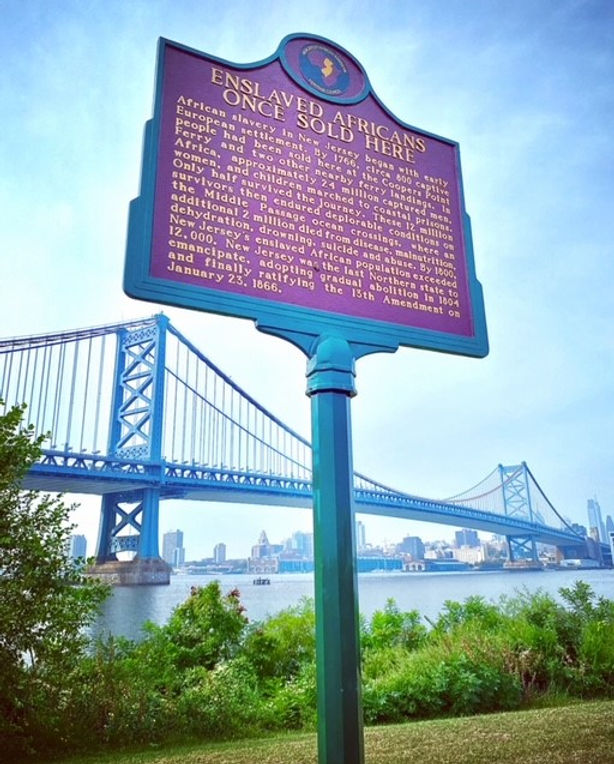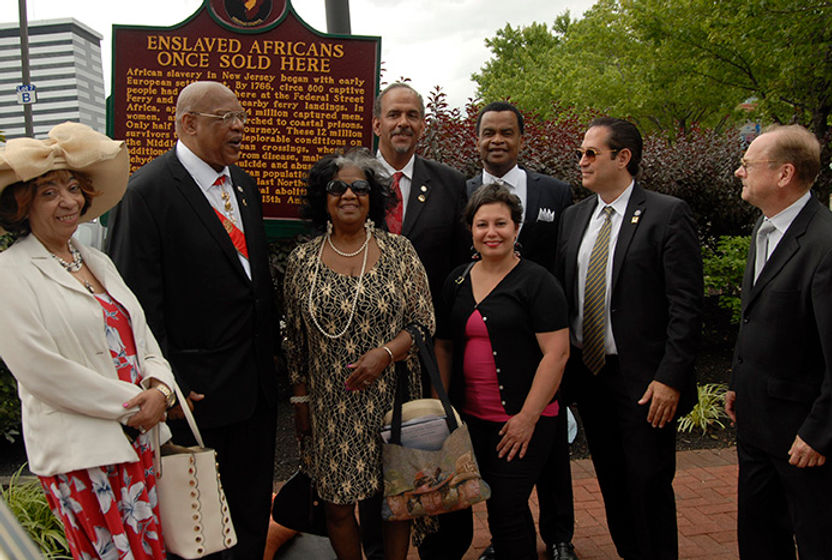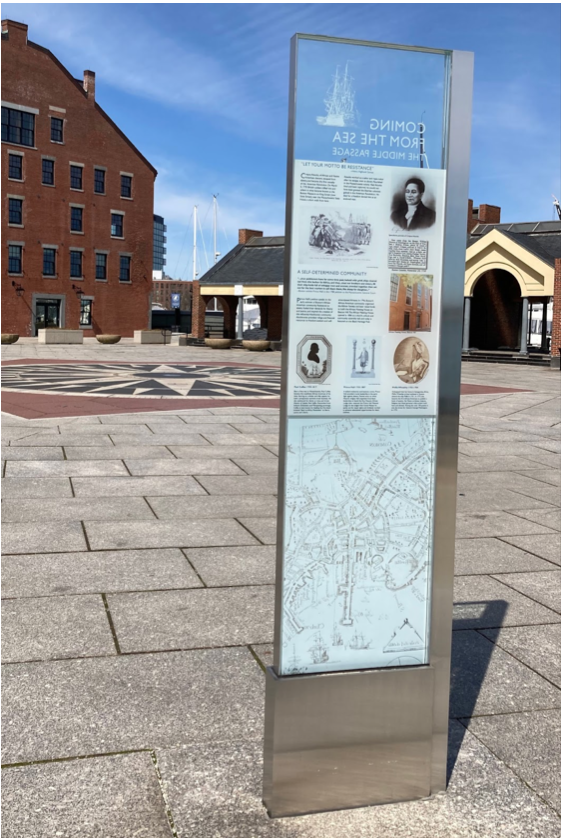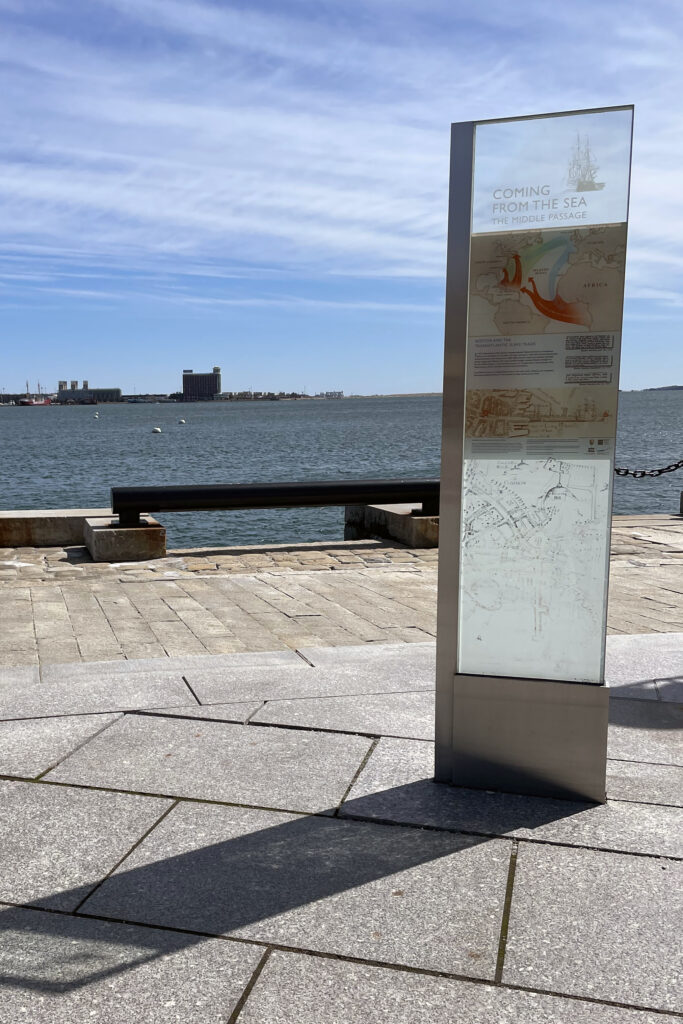the port marker project
Middle Passage Sites
The Project
Established in 2011 to honor the 2 million captive Africans who perished during the Transatlantic crossing, known as the Middle Passage, and the 10 million who survived and built the Americas. For more information, visit the Middle Passage Website, or see this map. This project acts as a catalyst for dialogue. There are 26 port Sites of Memory, but 52 known port sites that received slave ships.




Boston
The marker looks out to Boston Harbor- where enslaved Africans and indigenous people arrived and departed- and inward-where enslaved people lived and fought for freedom.
The slave ship Desire landed in 1638 in Boston from the Caribbean.
In 1645, there were 200 recorded slaving voyages from Boston. These voyages were part of the Middle Passage and Triangle Trade Route between the Americas, West Africa, and the Caribbean.
UNESCO project mentioned at designation: “It thereby endeavors to improve the understanding and transmission of this human tragedy by making better known its deep-seated causes, its consequences for societies today and the cultural interactions born of this history.”
Annapolis
There is a lynching marker on Calvert Street and a UNESCO marker on the city dock. Annapolis is now one of five sites in Maryland identified as a Middle Passage port of entry. These are places where children, women and men in bondage first placed their feet after leaving the continent of Africa. The marker commemorates the lives of enslaved Africans — those who perished and those who survived — who were forced to endure the cruel trans-Atlantic journey known as the Middle Passage.
“Too many of us are either unaware of the tremendous significance City Dock played in the story of the trans-Atlantic slave trade or reluctant to acknowledge it,” said County Executive Steuart Pittman. “The marker will serve as a permanent reminder of the long and horrific reign of terror endured by African Americans in this country and in Anne Arundel County.”
Philadelphia
The Philadelphia Middle Passage Ceremony & Port Marker Project (PhillyMPC) has observed Ancestral Remembrance Day on Penn’s Landing to commemorate the nearly 2 million Africans who perished in the Middle Passage. On August 5th, 2016 a new historical marker “The Pennsylvania Slave Trade” was unveiled on Penn’s Landing.
The Delaware River, near where this marker is placed, flows through the African-American past and present. It represents the pain of the Middle Passage, their connection to Ancestral homelands across the Atlantic; the triumphant survival of the descendants of those Africans, and the call for healing and hope for future generations.
It’s important to hold healing and remembrance ceremonies and other events to encourage discussion, reflection and community initiatives toward reparation and reconciliation.
Middletown, CT
There is evidence of trading people from the West Indies in shops on Main Street in Middletown, CT, but this history is not generally known.
The goal of this designation is to remember enslaved Africans who contributed to building the community.
A 6 foot tall bronze plaque was placed near Main Street. It reads:
“In 1738, the ship Martha & Jane, owned by Ambraham Redwood, arrived at Middletown’s riverfront, having sailed from Africa, and 126 enslaved Africans disembarked. During the voyage, 23 of their fellow captives had perished. In 1761, the Speedwell, captained by Middletown native Timothy Miller, also arrived, carrying its human cargo from Africa. On that voyage, 21 enslaved Africans perished during the Middle Passage, with 74 surviving. The names of the men, women, and children who made these treacherous voyages are lost to history.”
“If the Atlantic were to dry up, it would reveal a scattered pathway of human bones, African bones marking the various routes of the Middle Passage.”
